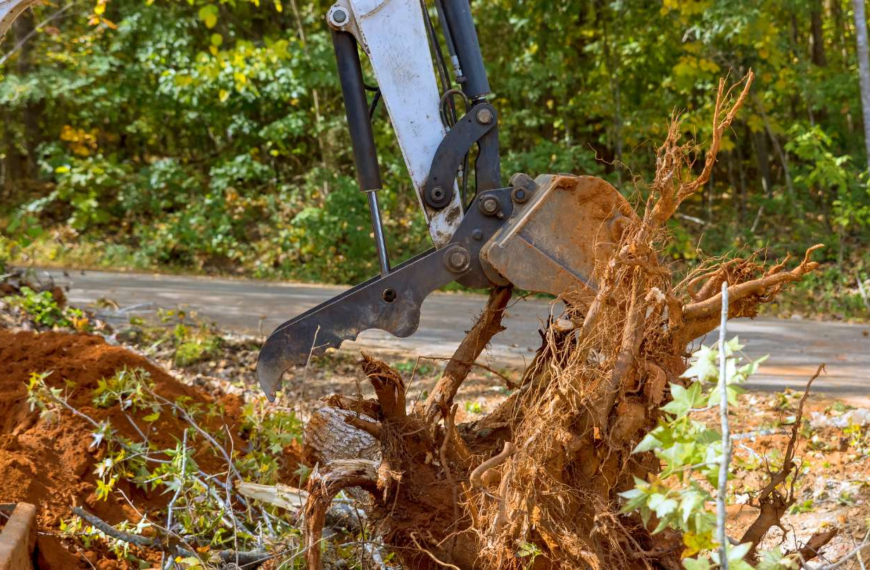| A: On a motorway or unrestricted dual carriageway, to warn of a hazard ahead | B: Instead of sounding the horn in a built-up area between 11.30 pm and 7 am in Uk | C: On the approach to toucan crossings where cyclists are waiting to cross | D: On rural routes, after a warning sign of animals |
Understand The When may you use hazard warning lights when driving?
Introduction
Understanding Hazard Warning Lights
Hazard warning lights are a crucial feature in a vehicle’s safety system, designed to alert other road users to potential dangers or unusual situations. These lights are typically activated by a button on the dashboard and cause all four turn signal lights to flash simultaneously. Their primary purpose is to draw attention to a vehicle that may be causing or facing a hazard. Whether you’re dealing with a breakdown, encountering severe weather conditions, or navigating through roadworks, hazard lights play an essential role in ensuring you’re visible and alerting others to your situation.
The use of hazard warning lights helps to prevent accidents by making your vehicle stand out, especially in low visibility conditions or when stopped on the side of the road. Proper use of these lights is governed by traffic laws, which may vary by region, but the fundamental principles remain the same: use them to indicate a temporary hazard or an emergency.
When Should a Driver Use Hazard Warning Lights?
On Motorways and Unrestricted Dual Carriageways
On motorways and unrestricted dual carriageways, hazard warning lights should be used to warn of a hazard ahead. These types of roads are designed for high-speed traffic, and a sudden or unexpected obstacle can be particularly dangerous. If you need to slow down or stop due to a hazard, such as a breakdown, accident, or debris on the road, activating your hazard lights can alert drivers behind you to reduce their speed and be cautious. This precaution helps prevent rear-end collisions and allows other drivers to navigate the hazard safely.
It’s important to activate your hazard lights well in advance of the hazard, giving other drivers ample time to react. For instance, if you’re approaching a stationary vehicle or roadwork, turning on your hazard lights will provide a visual cue to other road users that they should prepare for an unexpected situation.
In Emergency Situations
Hazard warning lights are essential in emergency situations, such as when you experience a vehicle breakdown or need to stop unexpectedly. When your car breaks down or becomes inoperative, turning on your hazard lights alerts other drivers that your vehicle is not moving as expected. This signal is crucial for safety, especially on busy roads or highways where a stationary vehicle can be a significant hazard.
In the event of a sudden emergency, such as an accident or a medical issue that forces you to pull over, using hazard lights ensures that other drivers are aware of your situation. This visibility is particularly important at night or in adverse weather conditions when visibility is limited.
During Adverse Weather Conditions
In adverse weather conditions like fog, heavy rain, or snow, hazard warning lights play a critical role in enhancing visibility. Poor weather can significantly reduce the range of visibility, making it difficult for other drivers to see your vehicle. By turning on your hazard lights, you make your vehicle more conspicuous, which can help prevent accidents.
For example, in dense fog, where visibility may be reduced to a few meters, hazard lights ensure that drivers can see your vehicle from a greater distance. Similarly, in heavy rain or snow, where roads can become slippery and unpredictable, activating hazard lights can help alert other drivers to your presence and any potential issues you may be experiencing.
When Did You Use Hazard Warning Lights?

Historical Context and Usage Evolution
The use of hazard warning lights has evolved significantly over time. Originally, these lights were simple, manual indicators used to signal emergencies or road hazards. Early vehicles had limited lighting options, and hazard lights were primarily used for roadside emergencies.
As vehicles and road safety regulations have advanced, hazard warning lights have become a standard feature in modern cars. The design and functionality of these lights have improved, and their use has expanded beyond just emergencies. Today, hazard lights are integrated with more sophisticated vehicle safety systems and are used in a wider range of situations, including for temporary road hazards and in various weather conditions.
Personal Experience
Many drivers have personal experiences with hazard warning lights. For instance, a driver might recall using hazard lights when their car suddenly overheated on the highway, causing them to pull over to the shoulder. Another common scenario is using hazard lights when navigating through a congested area where traffic is moving slowly or when encountering an unexpected roadblock. These personal experiences highlight the practical importance of hazard lights in everyday driving situations, helping drivers stay safe and alert others to potential hazards.
You Also Like It:
Where would you expect to see these markers?
What part of the car does the law require you to keep in good condition?
Where Are Hazard Lights Used?
On Motorways and Dual Carriageways
Hazard lights are commonly used on motorways and dual carriageways, where high-speed traffic increases the risk of accidents. On these roads, any sudden change in vehicle status, such as a breakdown or a road obstruction, can be particularly dangerous. Activating hazard lights on these roads provides a clear signal to other drivers to slow down and be cautious of the situation ahead.
For example, if your vehicle is stationary on a motorway due to a breakdown, hazard lights help to warn drivers behind you of the potential hazard. This proactive warning helps to prevent rear-end collisions and ensures that other road users are aware of the potential danger in their path.
In Urban Areas and Residential Streets
In urban areas and residential streets, the use of hazard lights is generally more controlled and less frequent. However, they are still useful in specific situations, such as when your vehicle is stopped for an extended period or when you need to navigate through construction zones or other temporary road changes. Using hazard lights in these situations helps to alert other drivers and pedestrians to your presence, reducing the risk of accidents.
For instance, if you’re parked illegally or momentarily stopped in a busy city street, hazard lights can indicate that your vehicle is not moving and that you are aware of the inconvenience caused. This usage is particularly helpful in areas with heavy traffic or where visibility is reduced due to parked cars or other obstacles.
What Are Hazard or Warning Lights?
Definition and Function
Hazard or warning lights are a vehicle’s safety feature designed to alert other drivers and road users to a potential hazard. These lights are activated by a specific button on the dashboard, which causes all four turn signal lights to flash simultaneously. The primary function of hazard lights is to make your vehicle more visible and to signal to other drivers that there is an unusual or dangerous situation.
Hazard lights are not intended for use as a general indicator of slow driving or minor issues. Instead, they are meant to be used in situations where you need to signal an immediate or temporary hazard, ensuring that other drivers are aware of the potential danger and can take appropriate action.
How Hazard Lights Work
The mechanism behind hazard warning lights involves an electrical circuit that activates all four turn signal lights simultaneously. When the hazard warning button is pressed, the flasher unit in the vehicle’s lighting system sends an alternating current to both the front and rear turn signal lights, causing them to flash. This flashing pattern is a universally recognized signal for alerting other drivers to potential hazards.
The use of hazard lights is regulated by traffic laws, and their effectiveness depends on proper activation and visibility. By understanding how hazard lights work and using them correctly, drivers can enhance road safety and communicate more effectively with other road users.
Conclusion About When may you use hazard warning lights when driving?
Recap of Key Points
In summary, hazard warning lights are an essential safety feature that helps drivers signal potential dangers and enhance visibility. They should be used on motorways and dual carriageways to warn of hazards ahead, during emergencies, and in adverse weather conditions. The use of hazard lights has evolved over time, and they are now a standard feature in modern vehicles, used in various driving scenarios to ensure safety.
Importance of Proper Use
Proper use of hazard lights is crucial for maintaining road safety and preventing accidents. By understanding when and where to use hazard lights, drivers can effectively alert others to potential hazards and contribute to a safer driving environment. Misuse or incorrect activation of hazard lights can lead to confusion and increased risk, so it’s important for all drivers to be familiar with their proper use and the legal requirements surrounding them.
You Also Like It:
When traffic lights are out of order, who has priority?
Releated Posts
MAB Instructor Certification: Your Gateway to Professional Crisis Management Leadership
In today’s fast-evolving professional environments—especially in healthcare, mental health, education, and corrections—conflict and aggression can arise without warning.…
Freewayget.com: Your Ultimate Platform for Deals, Discounts, and Digital Products
Introduction to Freewayget.com In today’s fast-paced digital world, finding reliable platforms that offer authentic discounts, deals, and digital…
Affordable & Fast Embroidery Digitizing Services in Your Area
Embroidery digitizing services provide corporations, designers, and people with brilliant embroidery-equipped designs by means of changing art work…
Introduction to hdhub4u nit
In this article, we will delve into the details of hdhub4u nit, exploring its features, benefits, and why…

















